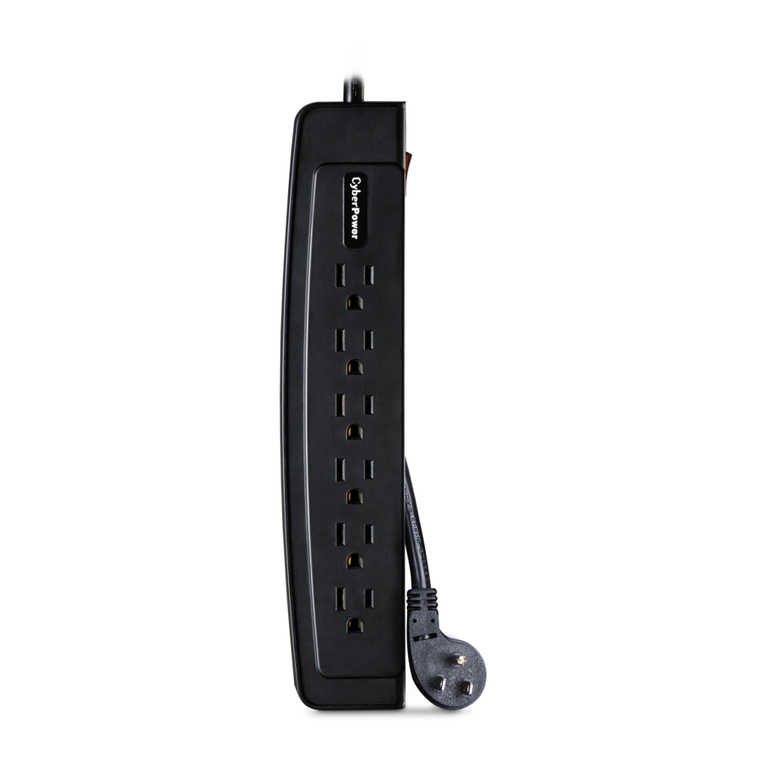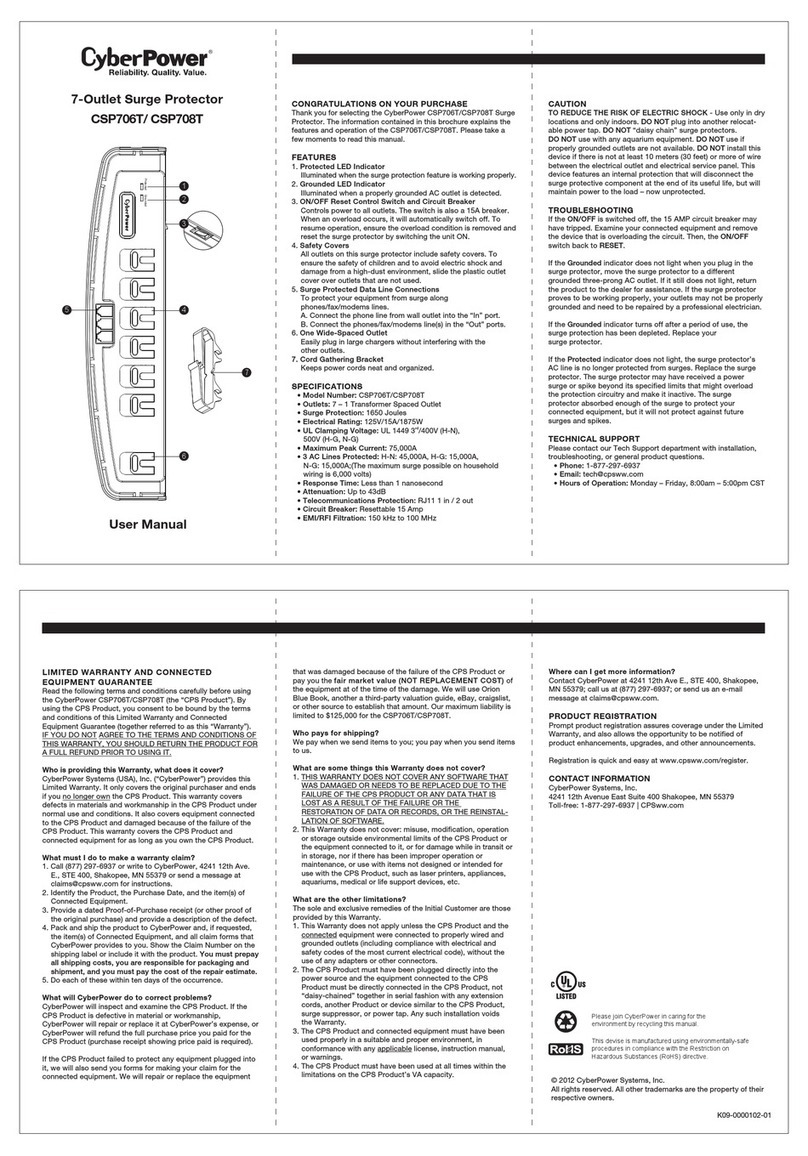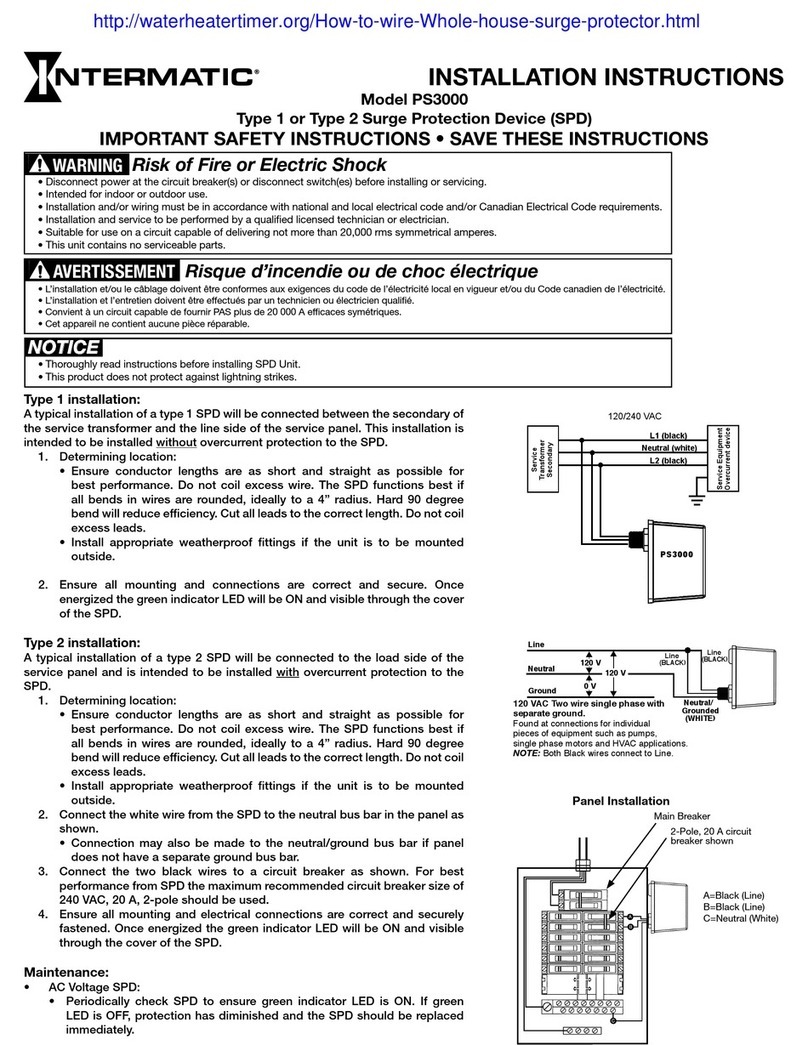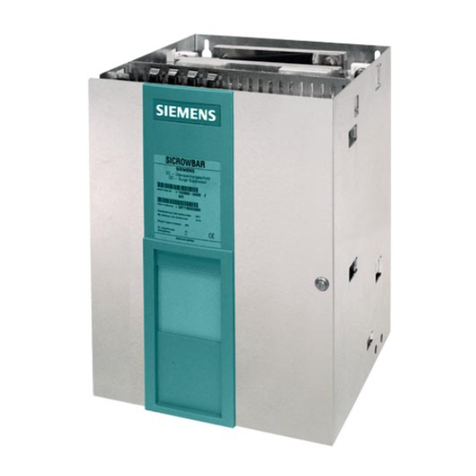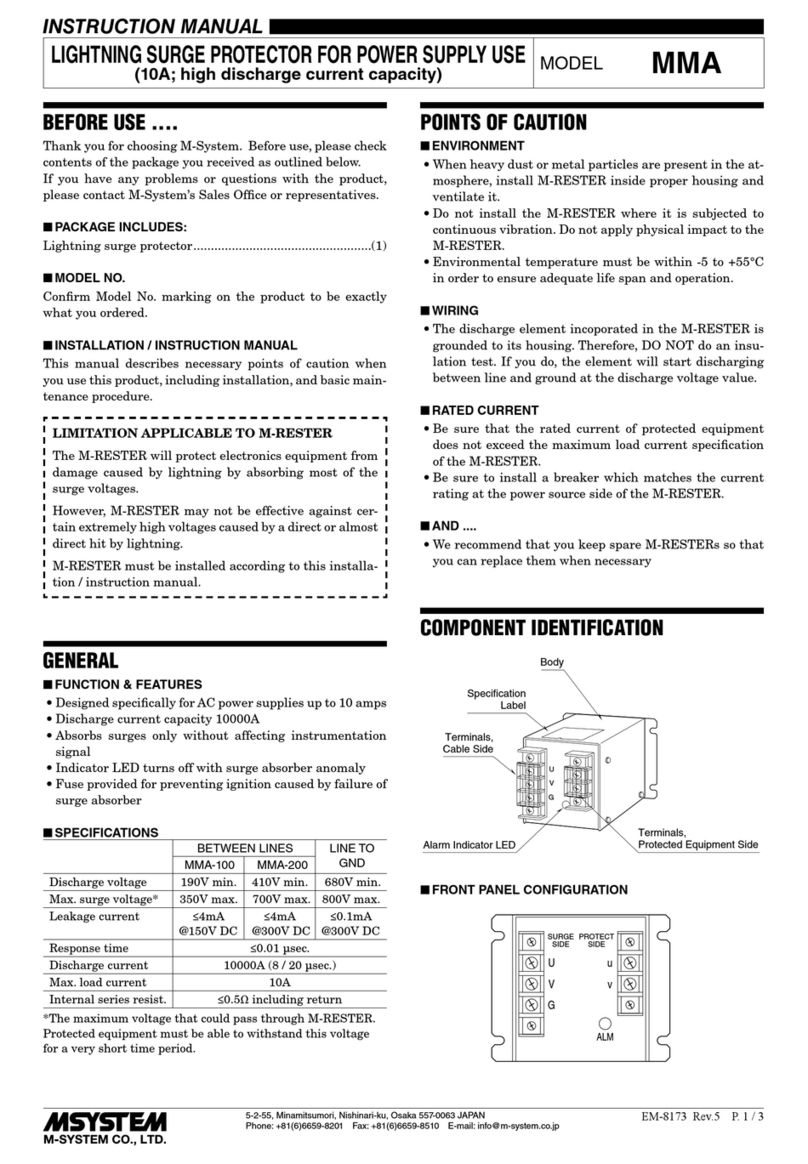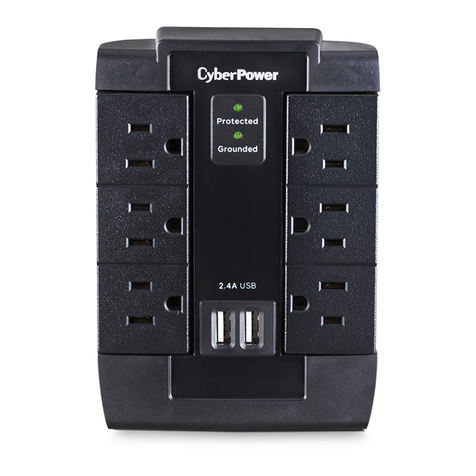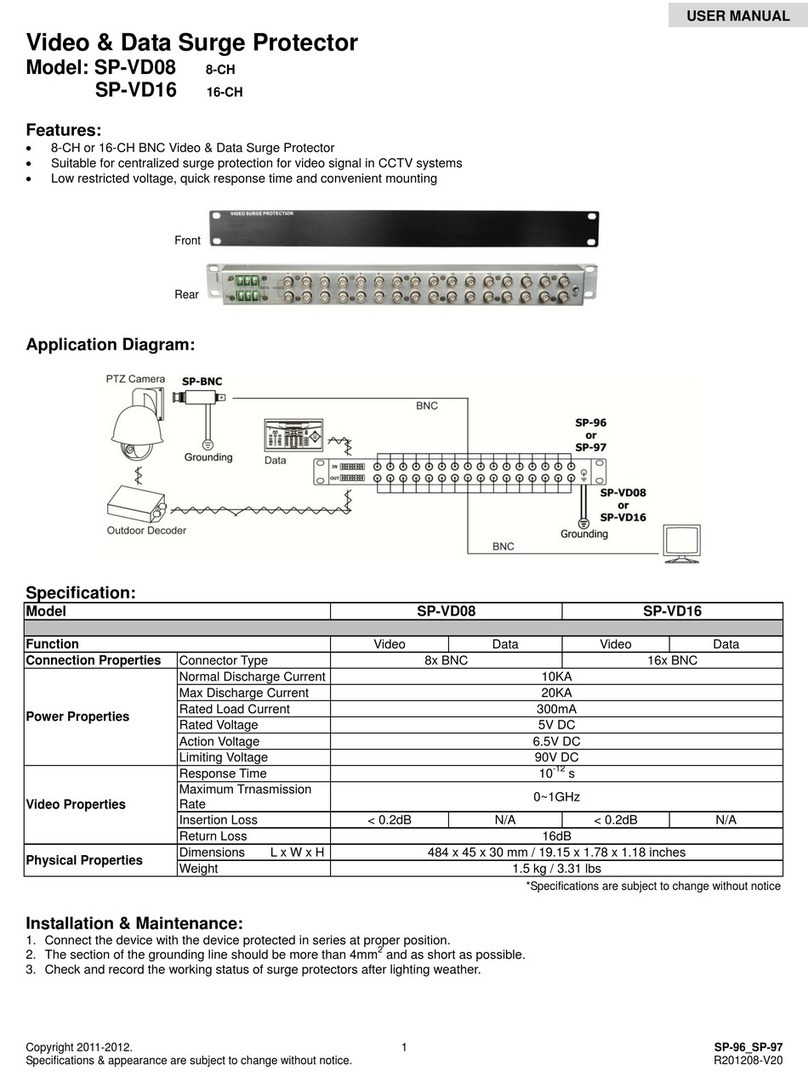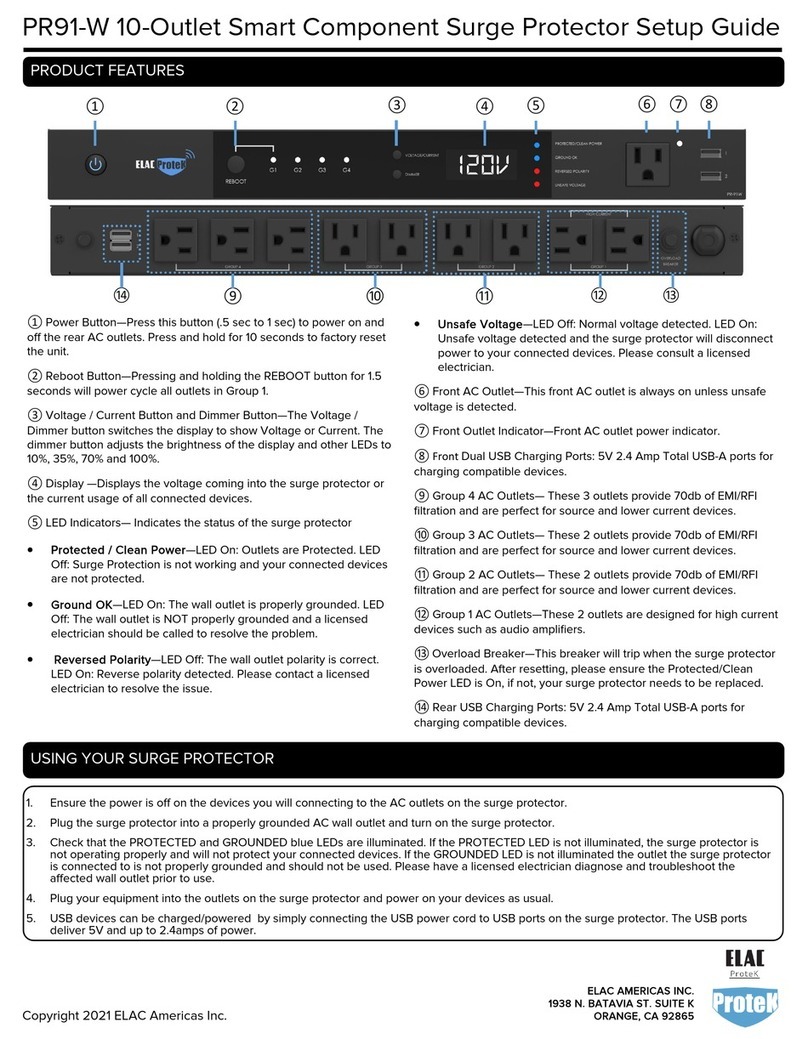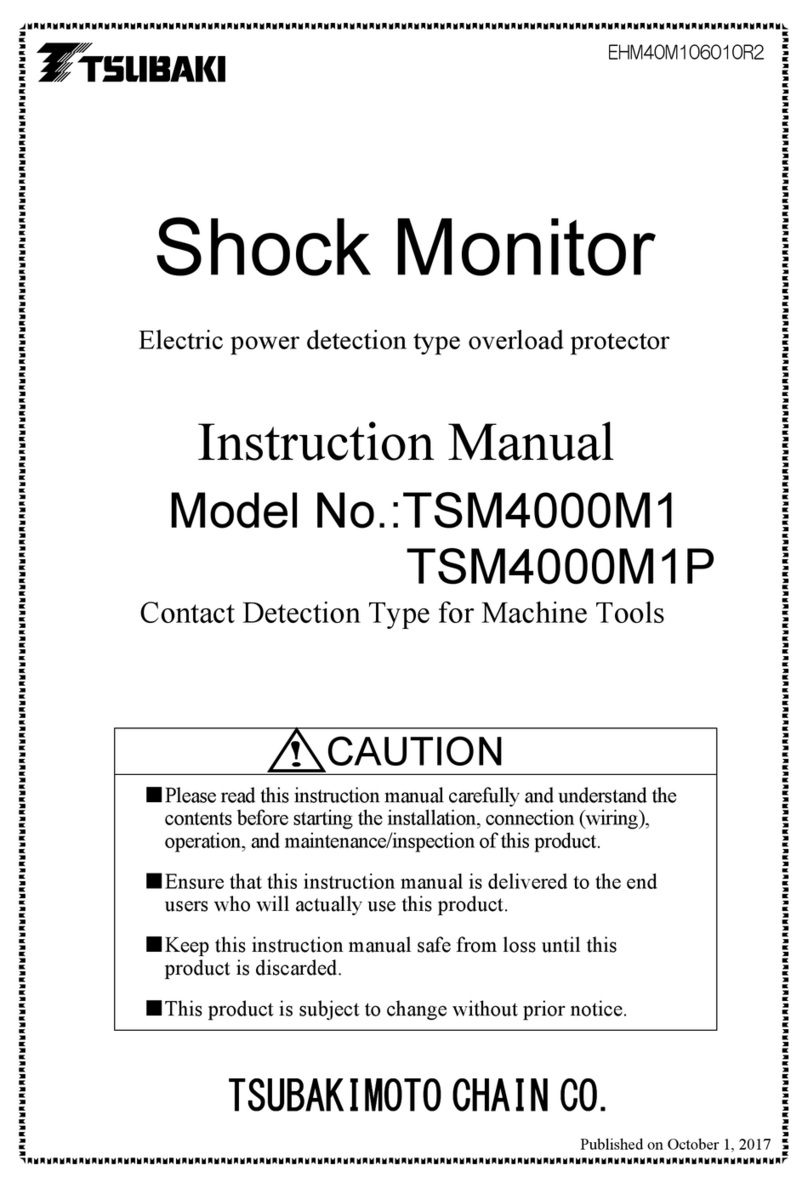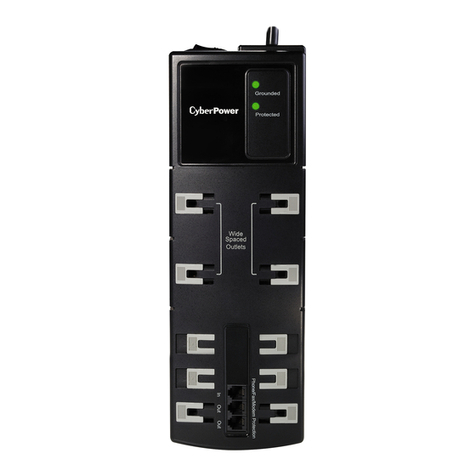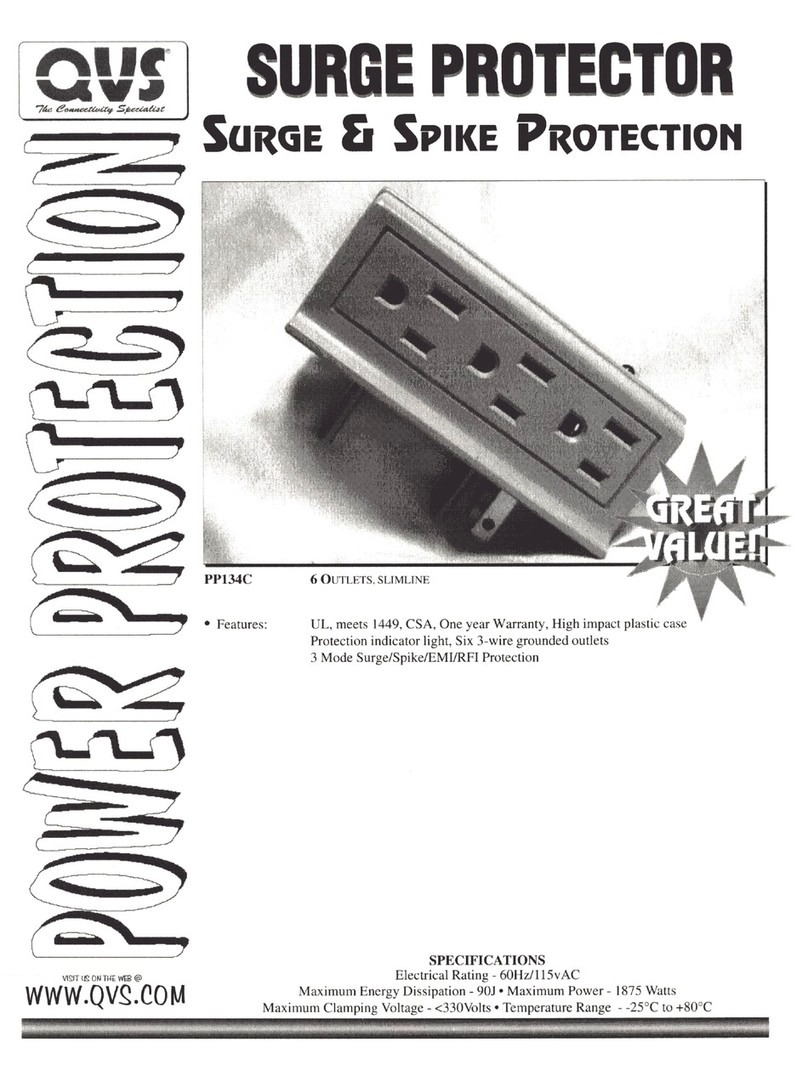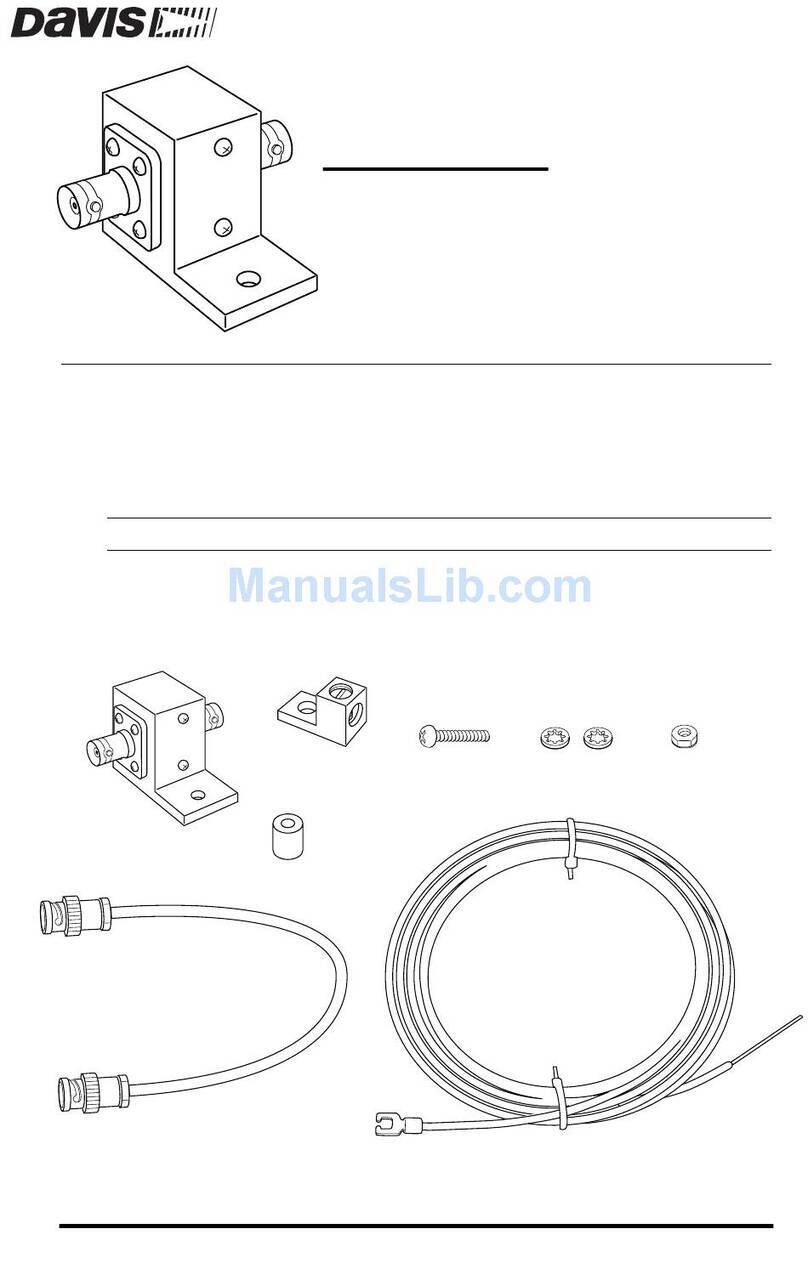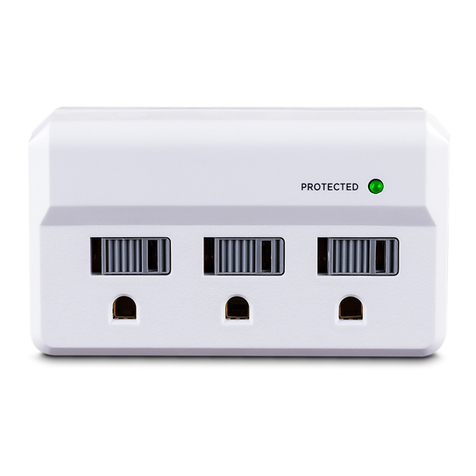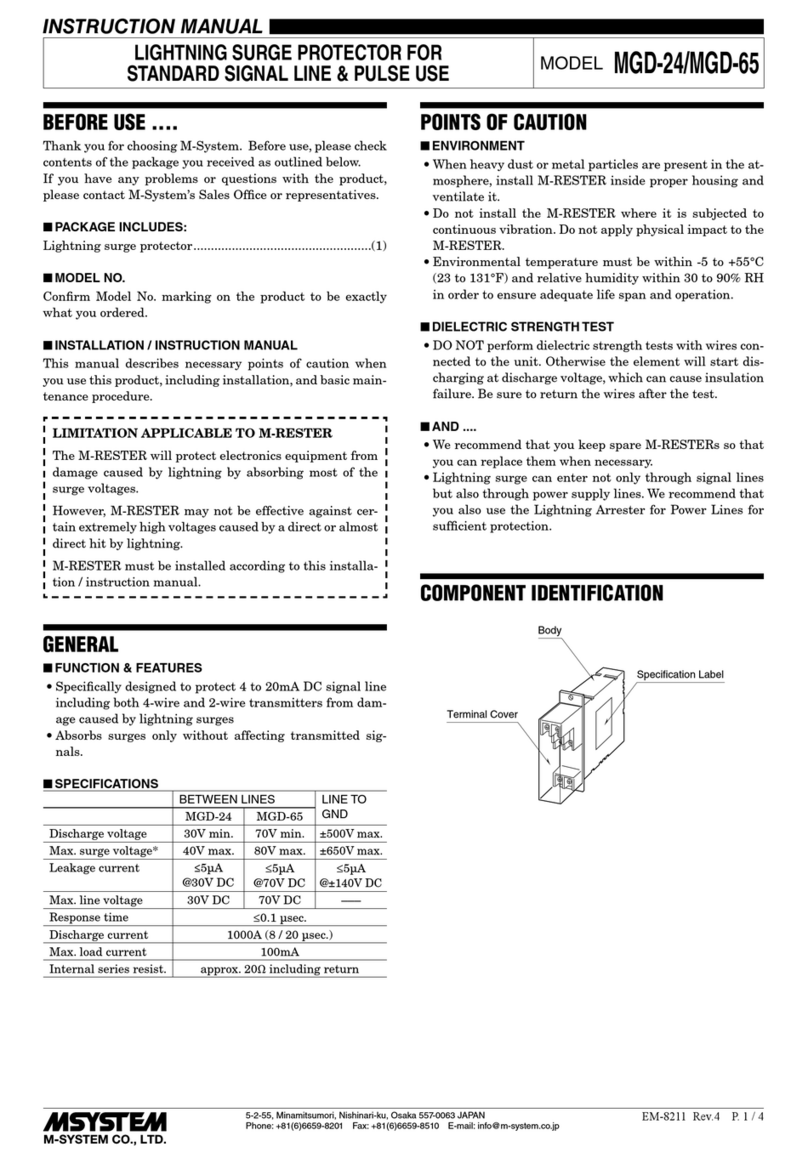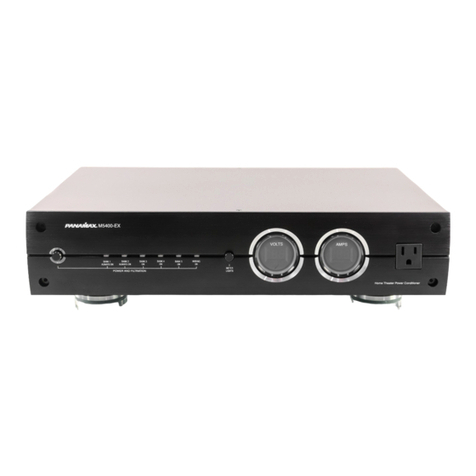
vi BE1-951 Introduction 9328900990 Rev L
Application Firmware
Version and Date Change
1.50.00, 04/00 •This version was released to provide major upgrades to the original
functionality provided by the BE1-951 and was mailed to all
purchasers.
•Added support (metering and recording) for optional VX, Auxiliary
Voltage input sensing.
•Added 25/25VM, Sync Check with Voltage Monitor function.
•Added 27X, Auxiliary Undervoltage element.
•Revised 59X, Auxiliary Overvoltage function to allow it to monitor the
frequency measured on the VX, Auxiliary Voltage input.
•Added 24, Volts/Hertz Overexcitation element.
•Added 67, Directional Control for all overcurrent tripping elements.
•Added Distance to Fault function.
•Added optional load profile recording function.
•Revised the COMTRADE oscillographic recording function to allow
the 240 cycles of oscillographic memory to be partitioned into 6 to 16
records. Added *.hdr, COMTRADE header file to record the fault
summary and active settings associated with the fault.
•Revised power fail recovery logic and self-diagnostics function to
prevent inadvertent resets of the microprocessor when operated on
marginal AC power supply source.
1.02.01, 11/99 •Corrected bugs in Modbus protocol.
•Revised power fail recovery logic and self-diagnostics function to
reduce the possibility of inadvertent resets of the microprocessor
when operated on marginal AC power supply source.
1.02.00, 11/99 •Revised the ASCII command interface to use SG0CTG as the
command to set the CT ratio for the Optional Independent Ground
input. Originally, the command was SG-CTN. The change was made
to make it consistent with the conventions used. IN, the neutral
element, is the residual of the three-phase current input. IG, the
ground current, is the current measured at the independent ground
current input.
NOTE: The above change makes all previous versions of
firmware incompatible with BESTCOMS, graphical user interface
software.
•Revised the 60FL, VT Fuse Loss function to allow automatic blocking
logic to be individually set for current and voltage functions.
•Corrected bug in 51/27R voltage control phase time overcurrent
function that blocked overcurrent tripping for a 60FL condition when
voltage control was set to Mode C but disabled by setting (S#-
27R=0,C).
1.01.00, 08/99 •Revised oscillographic recording function to increase memory
allocation to 240 cycles of sample data.
•Revised the target reporting function to allow various functions to
adapt the targets that they post based upon user setup parameters.
•Revised the TCM, Trip Circuit Monitor function to allow its application
with AC tripping voltages.
•Revised watt/VAR metering and demand functions for full four-
quadrant metering.
•Revised the V2, negative-sequence voltage measurement function to
properly scale to V phase to neutral base regardless of the three-
phase VT connection parameter setting.
1.00.01, 05/99 •Initial release.

